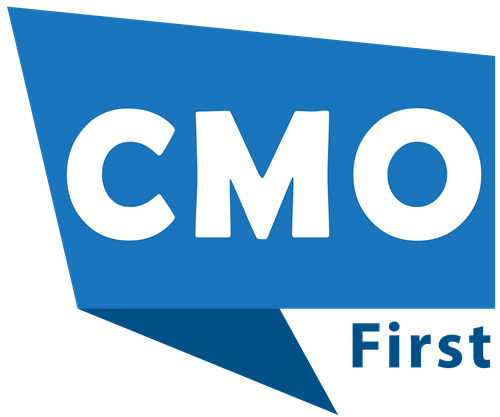NICE announced the launch of new industry-leading WFM capabilities, enabling organizations to effortlessly manage their front and back office workstreams in the digital era. NICE’s new Inventory Insights capability, coupled with TTI, merges omnichannel, contact center, and back office into a common planning interval, subsequently revealing cross-department efficiencies to drive improved bottom-line performance. This is the optimal way organizations can manage their CX workforce today, enabling organizations to easily handle the massive interaction complexity they continue to face across customer-facing and non-customer-facing interactions.
According to DMG Consulting’s 2024 Contact Center and AI Goals and Investment Priorities survey, using AI to improve CX, including to integrate contact center and back office operations, is a top three priority of business leaders. Back-office activities have a direct impact on overall contact center efficiency, performing business-critical tasks like processing orders and payments. An efficient back office leads to a decrease in interaction volumes by enabling organizations to solve problems before customers have to reach out.
Also Read: Tealium expands global capabilities for customers with European Unified ID integration
NICE’s TTI solution addresses the unique challenges of digital channels for transformative forecasting and planning. TTI drives improved staffing accuracy by considering the time needed to handle every type of interaction, adjusting staffing in the moment to address the unique requirements of digital and asynchronous interactions. TTI, together with Inventory Insights, further advances NICE’s WFM capabilities, improving blended contact center operational efficiency by deconstructing back-office work into a common planning interval, enabling staff planning and scheduling of shared contact center and back-office employees. The back office is the portion of a company made up of administration and support personnel who are not client-facing. Back-office functions include settlements, clearances, record maintenance, regulatory compliance, or accounting.
SOURCE: BusinessWire























Leave a Reply